10 Common Fire Hazards in Commercial Properties and How to Address Them
Keep Your Property Safe
Fire safety is a top priority for any commercial property owner, yet many fire hazards are often overlooked until it’s too late. Identifying and mitigating these risks is essential to protecting lives, minimizing property damage, and ensuring compliance with fire safety codes. At ASAP Fire Sprinkler Protection, we specialize in helping businesses in Florida prevent these hazards and maintain a safe environment. Here are 10 common fire hazards found in commercial properties and practical steps to address them.
1. Overloaded Electrical Circuits
The Hazard: Excessive use of extension cords, power strips, and outdated wiring can overheat circuits and spark fires.
Solution: Upgrade electrical systems to handle the power needs of your business. Limit the use of extension cords and schedule routine electrical inspections to identify and fix potential issues.
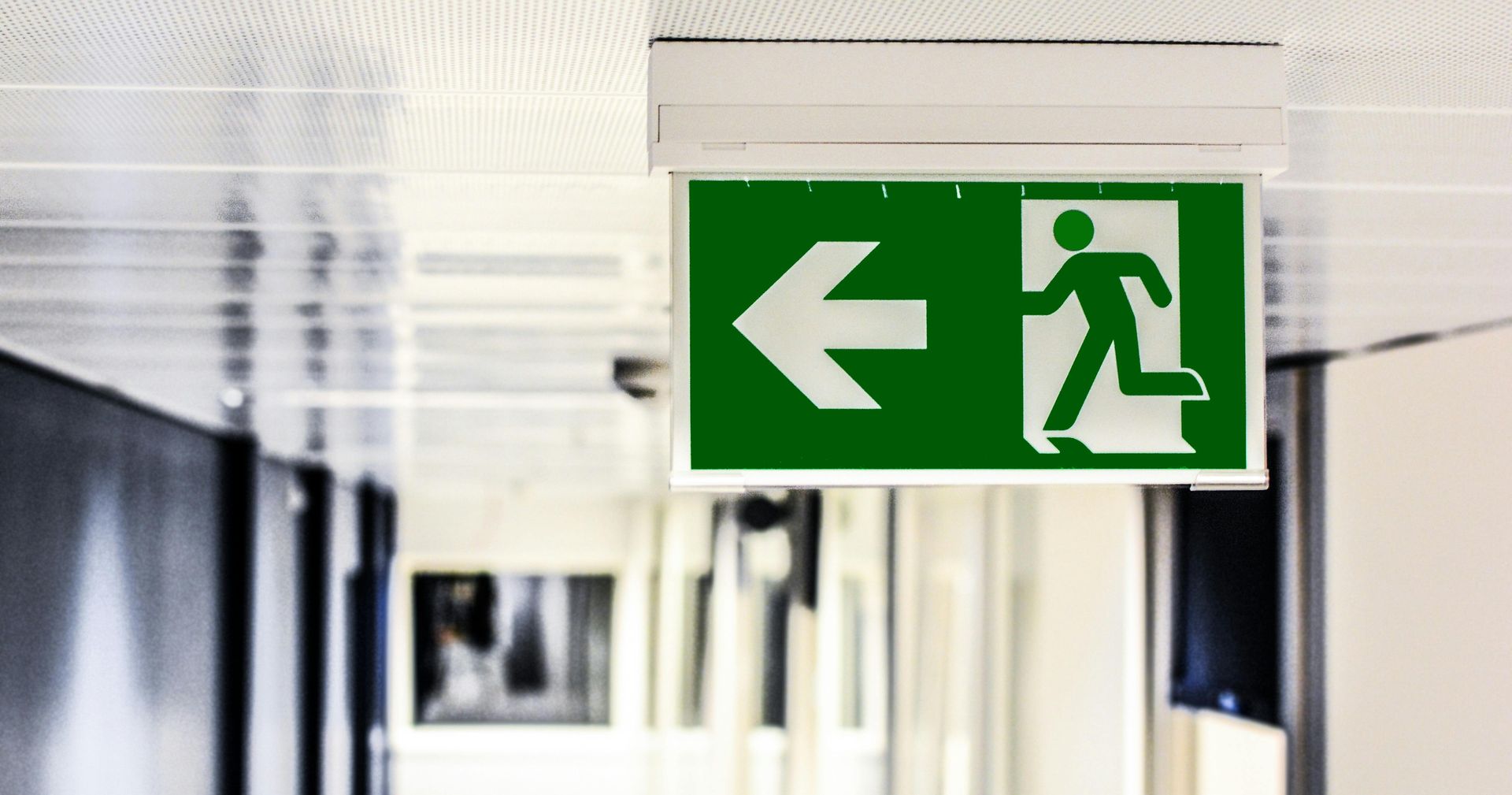
2. Improper Storage of Flammable Materials
The Hazard: Storing flammable materials near heat sources or in non-designated areas increases the risk of fires.
Solution: Designate safe, ventilated areas for storing flammable items. Follow OSHA storage guidelines to reduce risks, and ensure materials are labeled clearly.
3. Neglected Fire Sprinkler Systems
The Hazard: A poorly maintained fire sprinkler system can fail to activate during a fire, leading to catastrophic damage.
Solution: Schedule annual inspections and routine maintenance with ASAP Fire Sprinkler Protection. Our team ensures your sprinkler system remains in optimal condition.
4. Blocked Emergency Exits
The Hazard: Furniture, boxes, or equipment blocking emergency exits can delay evacuation and lead to injuries during a fire.
Solution: Conduct regular walkthroughs to ensure all emergency exits and pathways are clear and accessible. Install proper signage and maintain exit lighting to guide occupants.

5. Outdated Fire Alarms
The Hazard: Malfunctioning or outdated fire alarm systems can delay detection and evacuation, putting lives at risk.
Solution: Upgrade your fire alarm system to meet current standards. Schedule regular testing and maintenance to ensure alarms function correctly.
6. Accumulated Dust and Debris
The Hazard: Dust and debris in storage areas, machinery, or ventilation systems can ignite and spread fires quickly.
Solution: Implement a regular cleaning schedule, especially in areas prone to dust accumulation. Clean air ducts and HVAC systems to reduce fire risks.
7. Heating Equipment and Appliances
The Hazard: Faulty or improperly maintained heating equipment can overheat and spark fires.
Solution: Inspect heating equipment regularly for signs of wear and tear. Avoid placing flammable materials near heat sources, and replace old or damaged appliances.
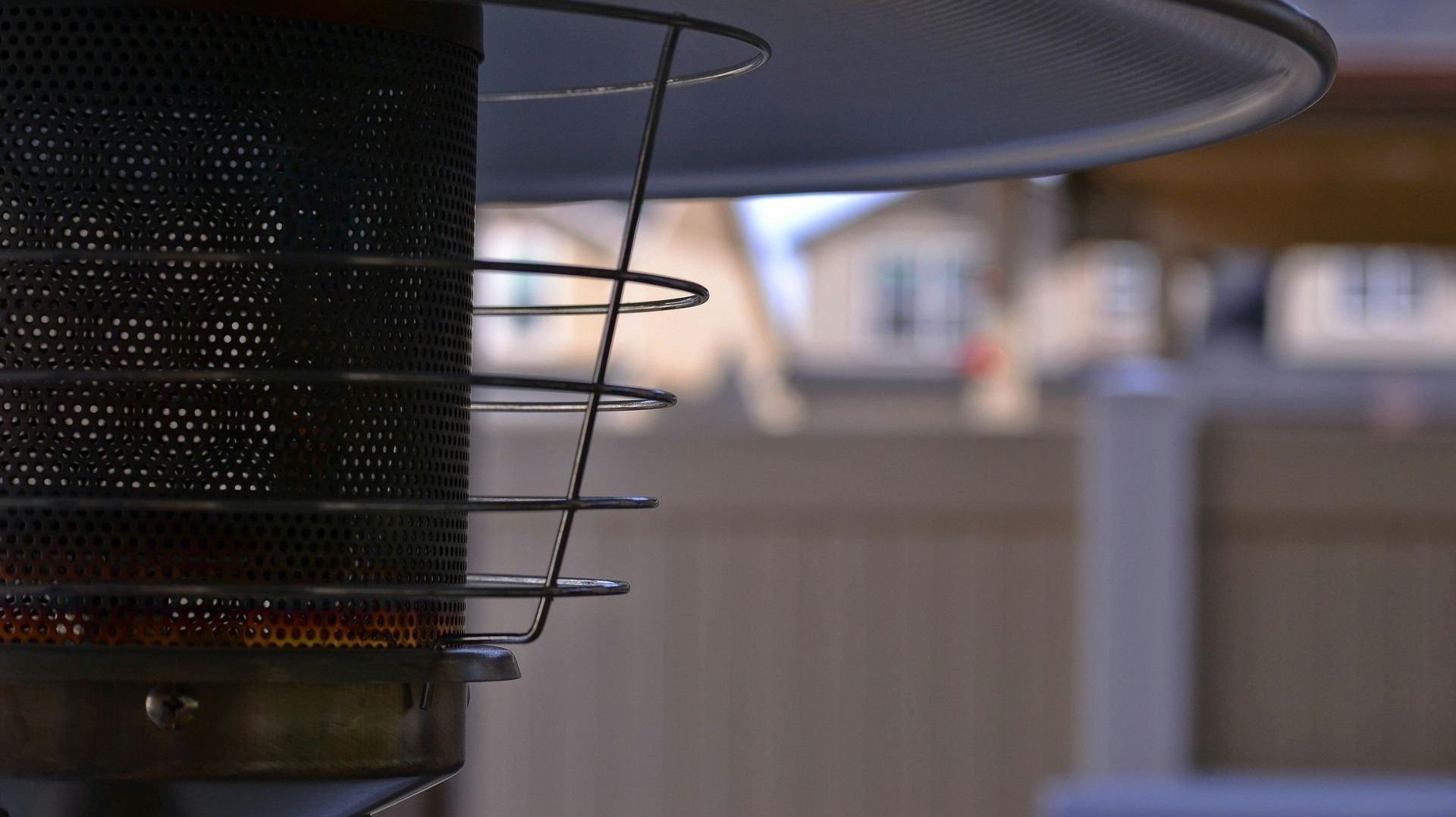
8. Smoking Areas
The Hazard: Improper disposal of cigarettes and smoking materials can ignite nearby combustible materials.
Solution: Designate smoking areas away from the building and provide proper disposal receptacles. Enforce strict no-smoking policies in high-risk zones.
9. Kitchen Hazards in Commercial Spaces
The Hazard: Grease buildup and unattended cooking are leading causes of fires in restaurants and break rooms.
Solution: Clean kitchen equipment and grease traps regularly. Train staff on proper kitchen safety protocols, including how to use fire extinguishers.
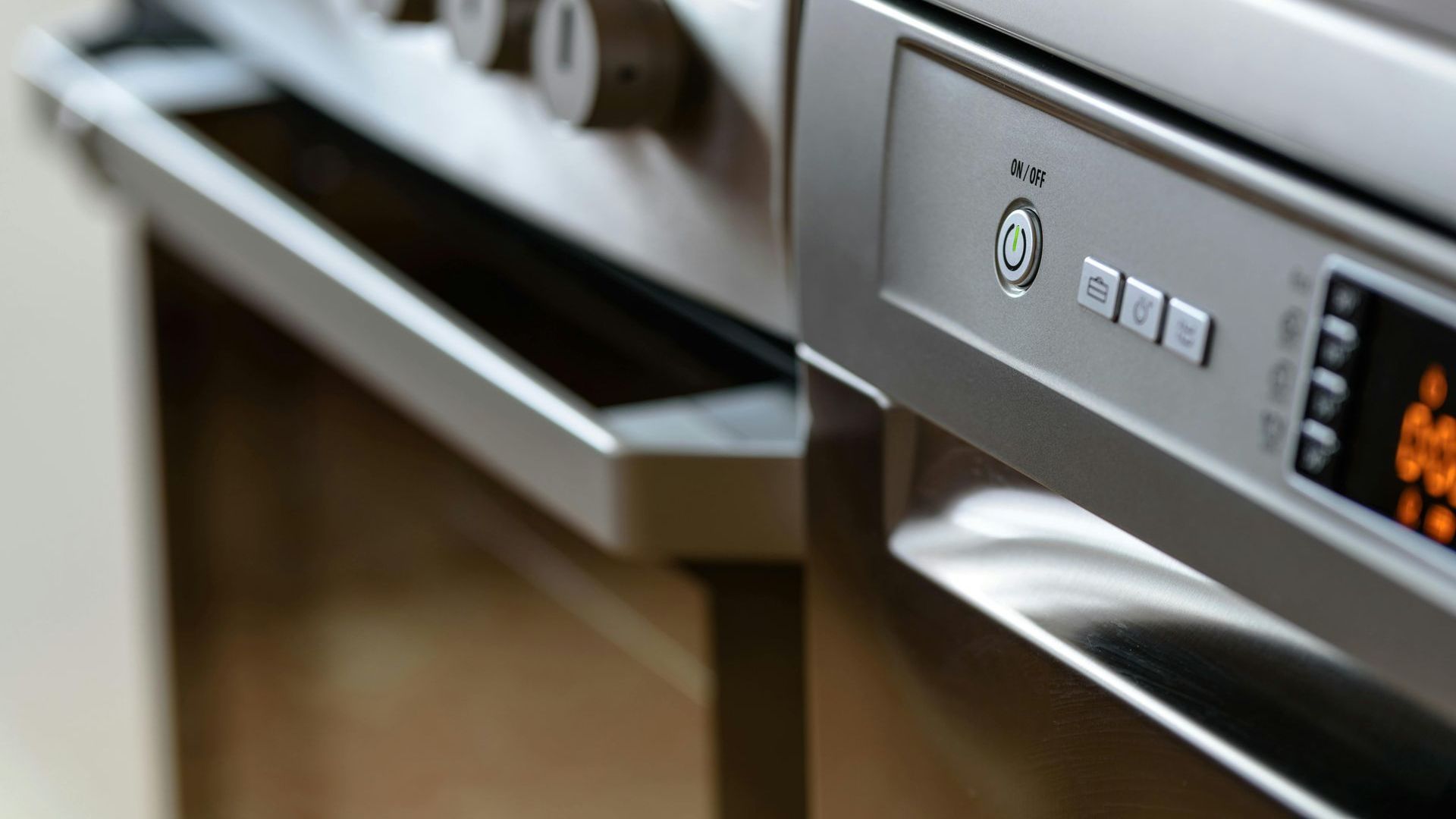
10. Lack of Employee Training
The Hazard: Employees unaware of fire safety protocols may react poorly during an emergency, increasing risks.
Solution: Conduct regular fire safety training sessions for your team. Include evacuation drills, hands-on practice with fire extinguishers, and reviews of fire safety procedures.
Partner with ASAP Fire Sprinkler Protection
Preventing fire hazards in your commercial property requires proactive measures and expert guidance. At ASAP Fire Sprinkler Protection, we provide comprehensive fire protection services, from sprinkler system maintenance to fire alarm upgrades, ensuring your property stays safe and compliant with Florida fire safety regulations.
Don’t wait for a fire to highlight potential hazards. Contact ASAP Fire Sprinkler Protection today to schedule a consultation and take the first step toward a safer commercial property.
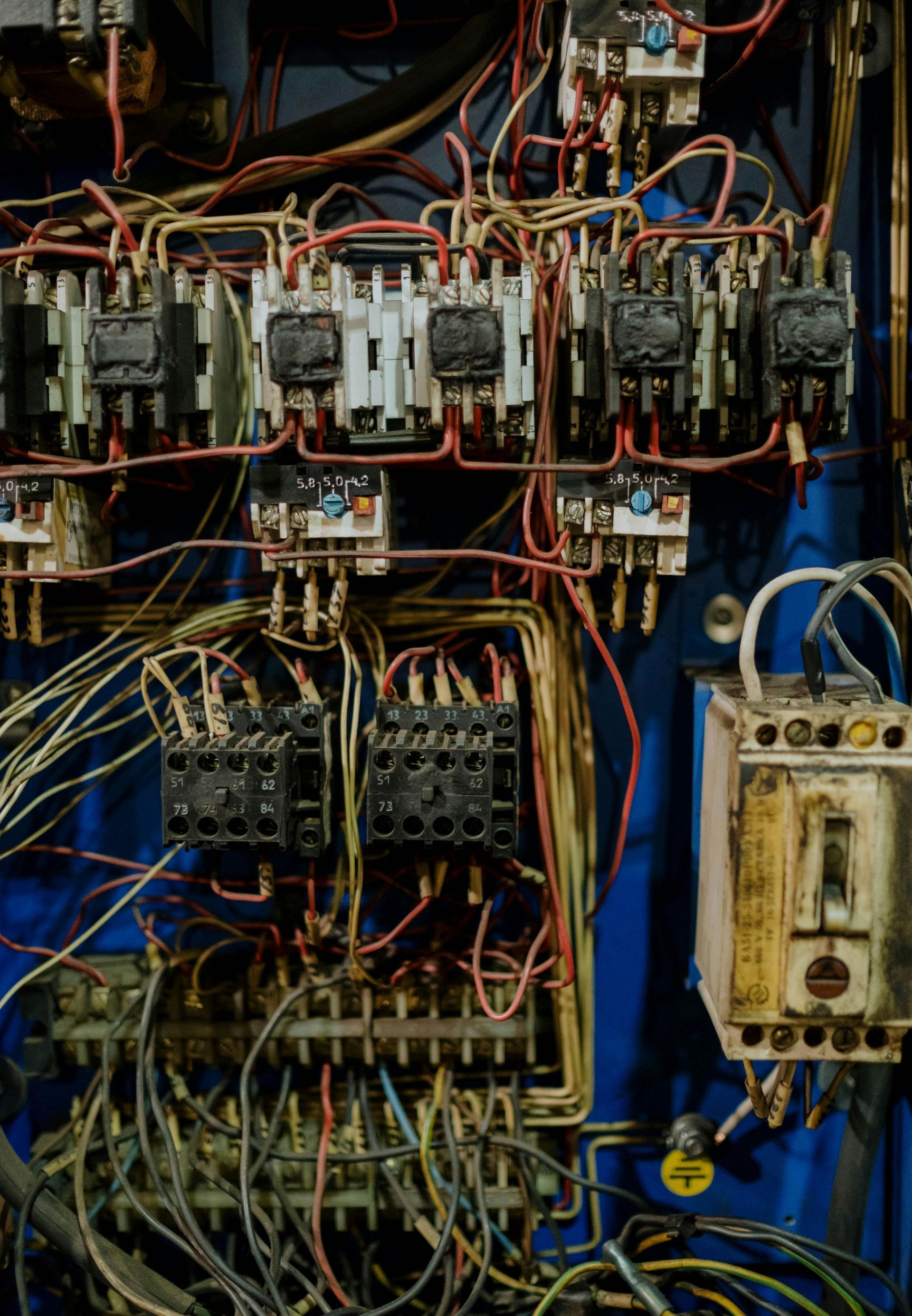
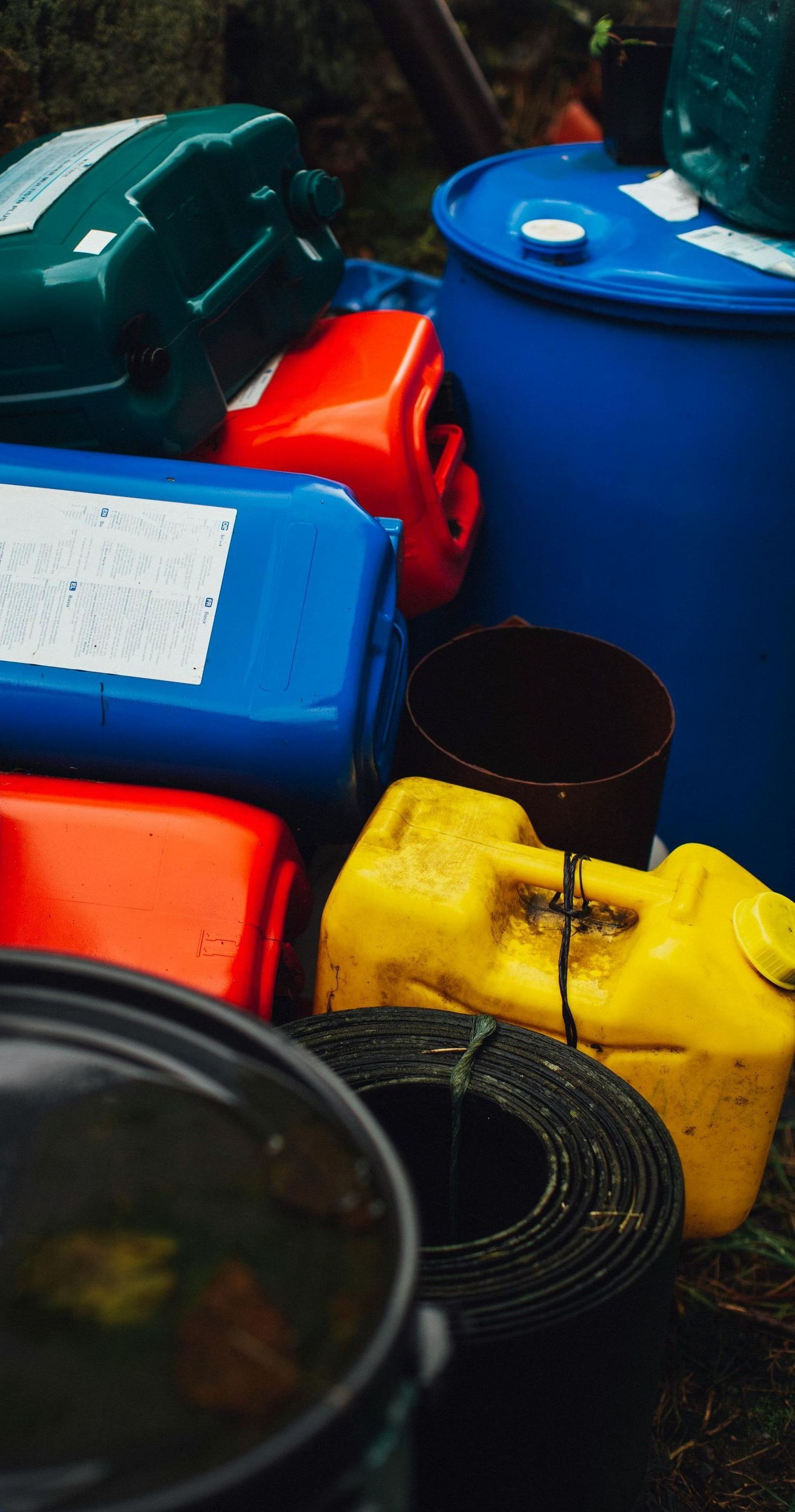
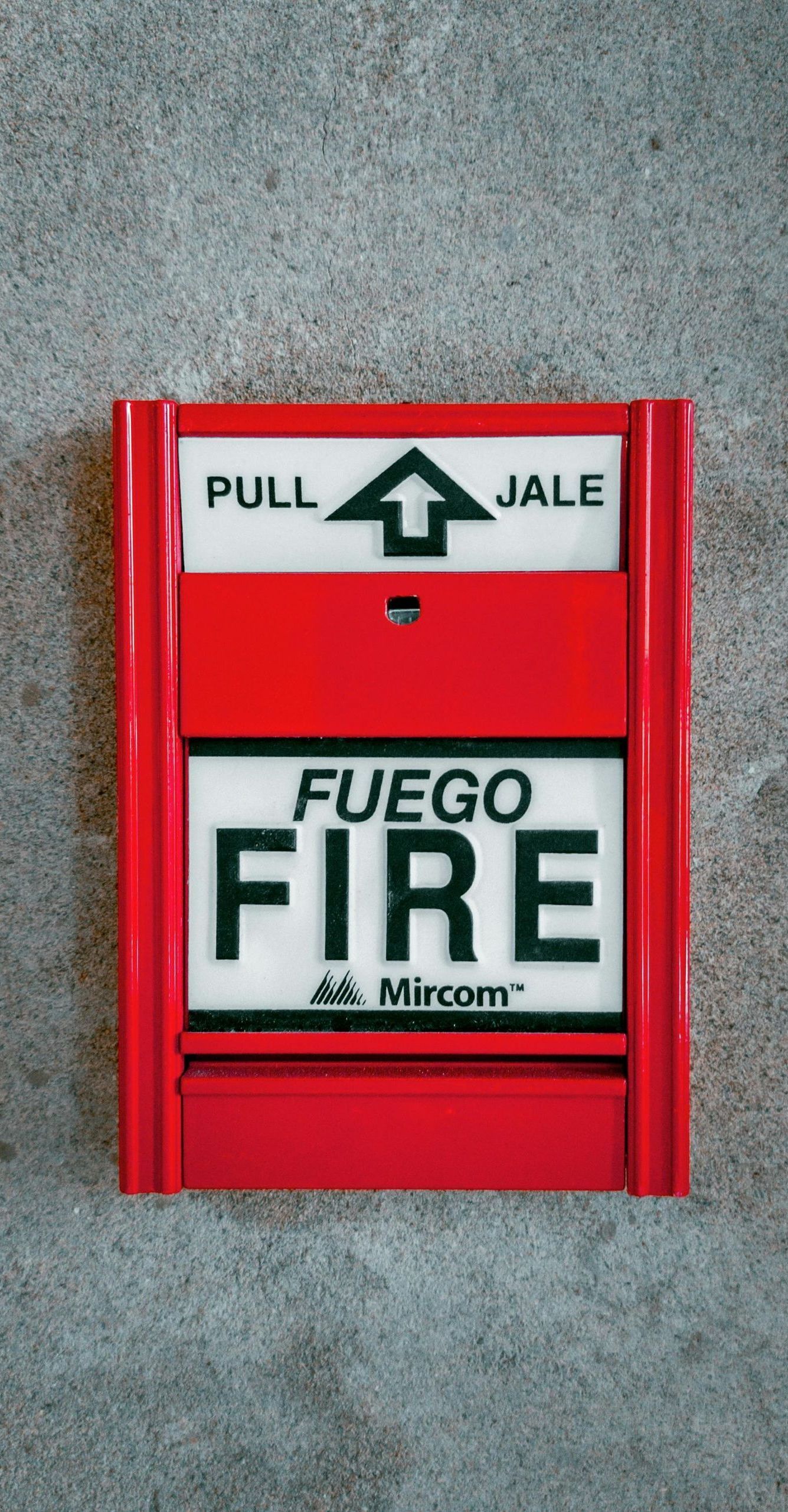

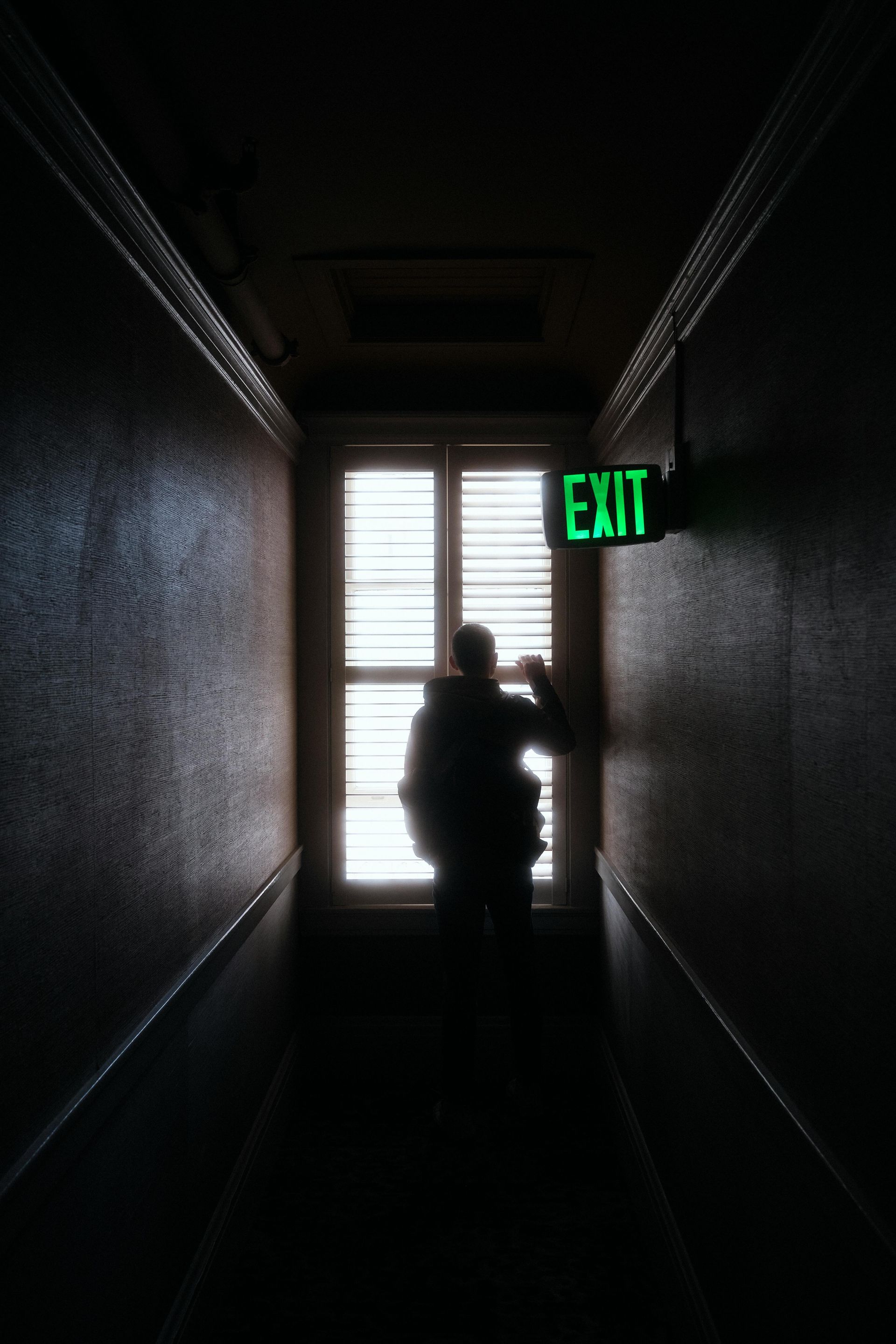
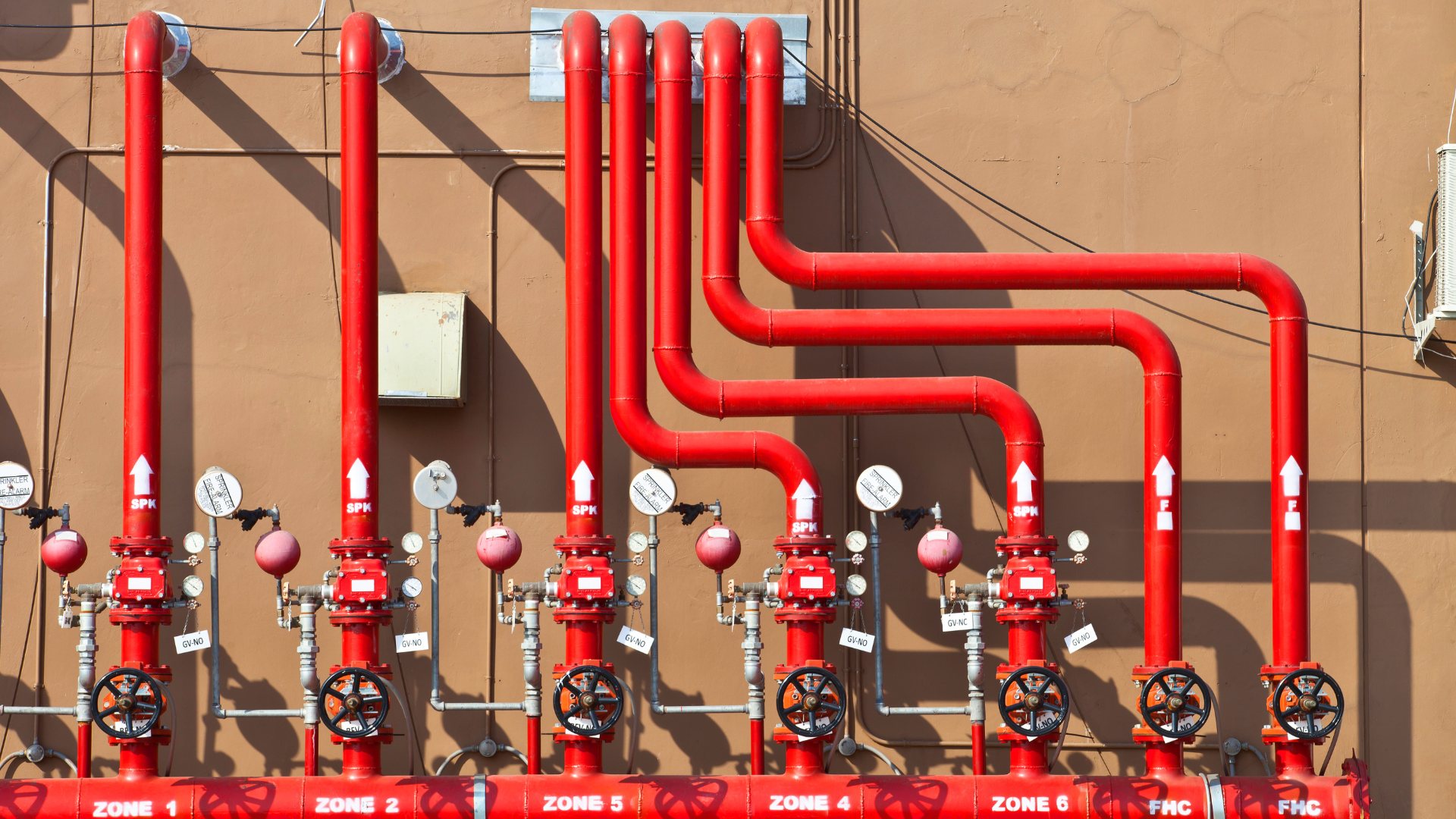


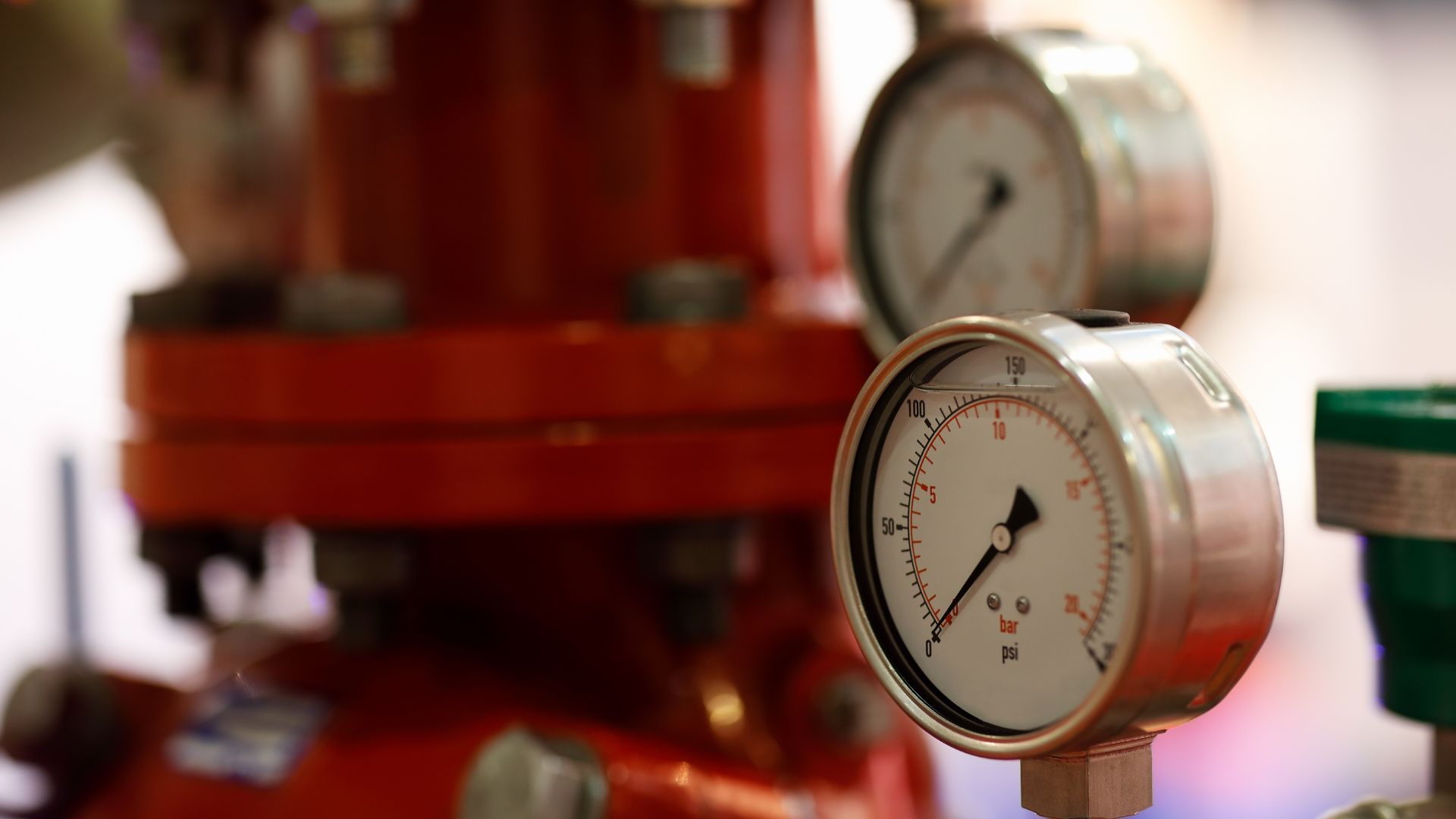

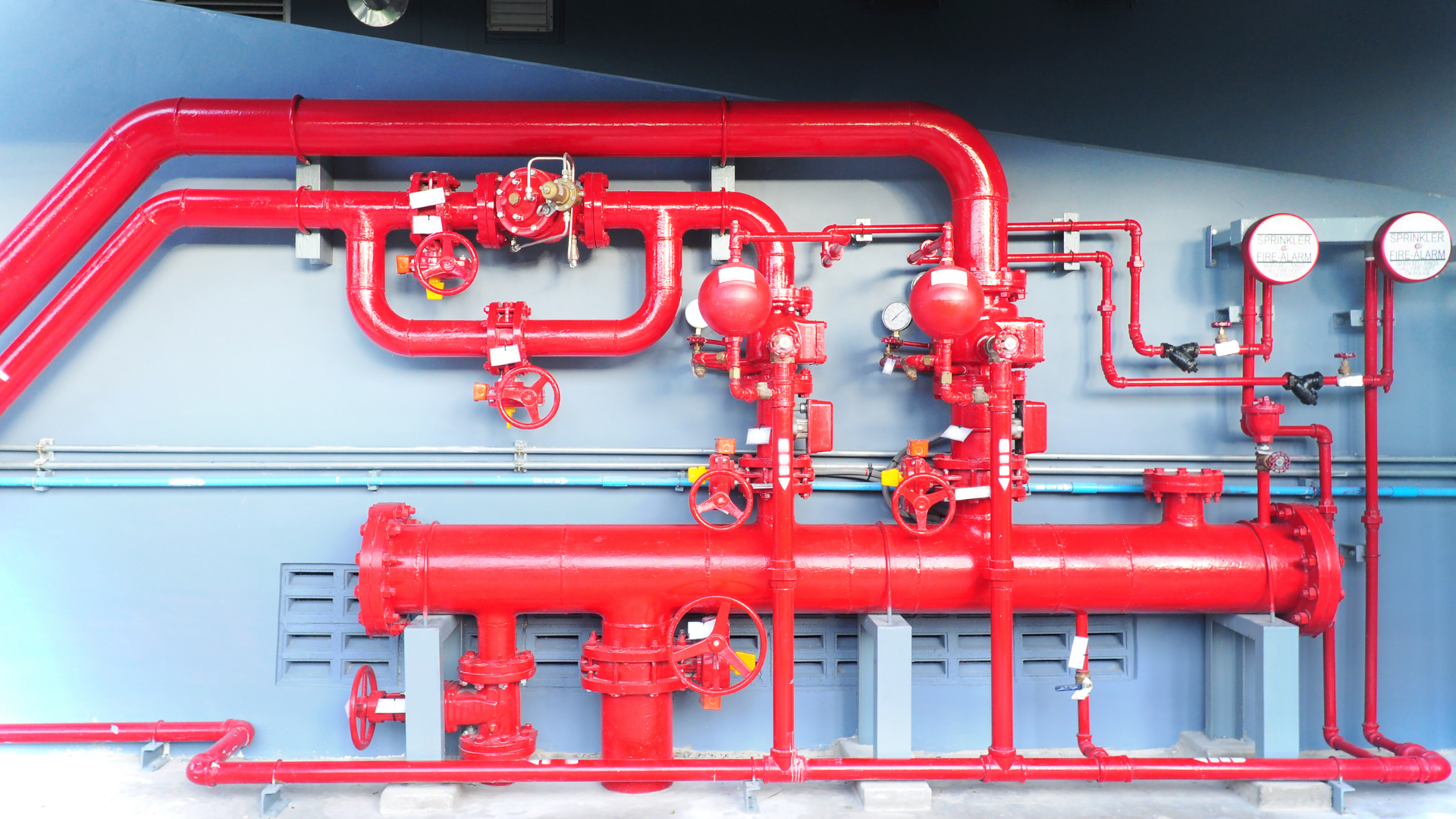

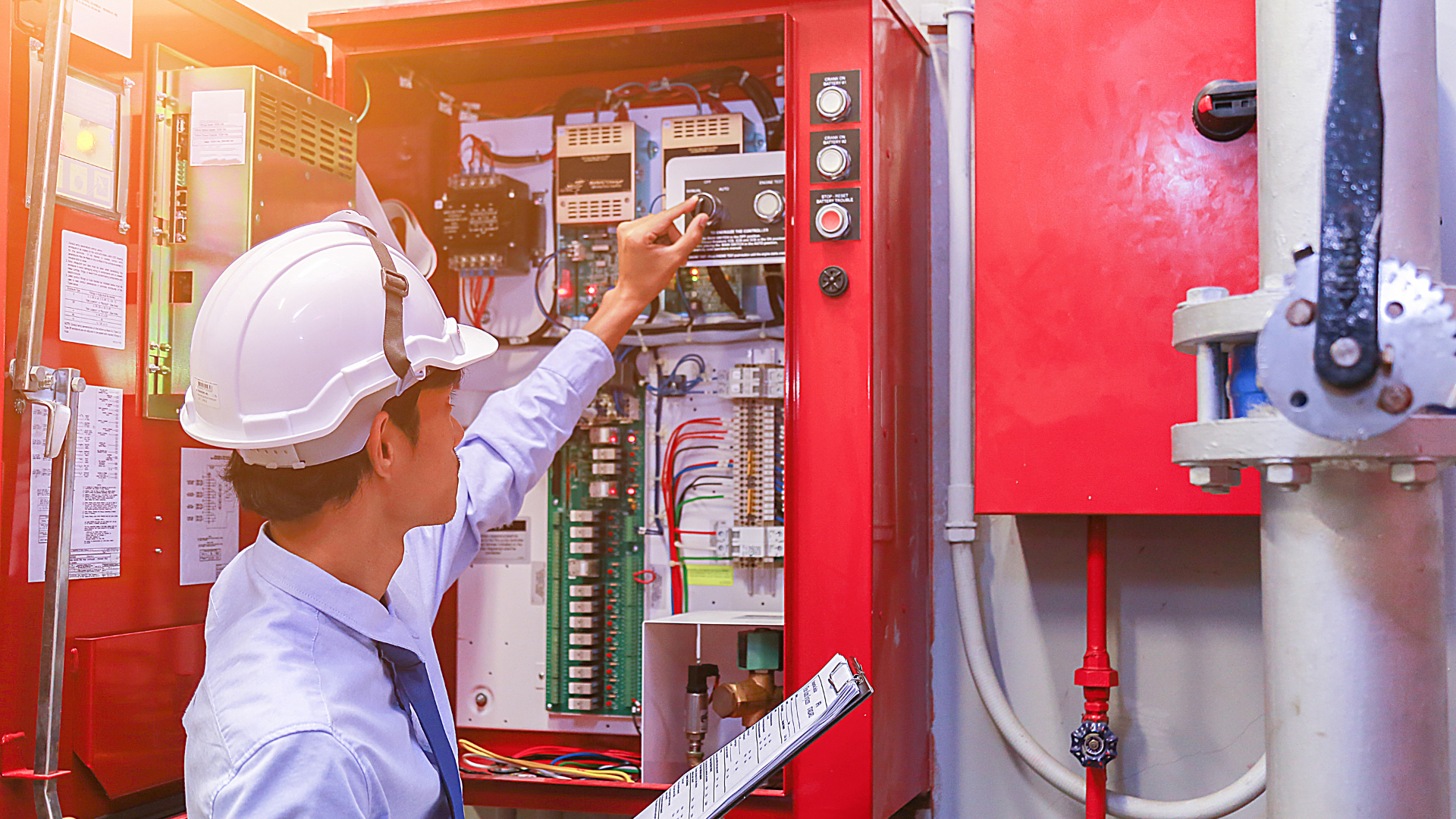
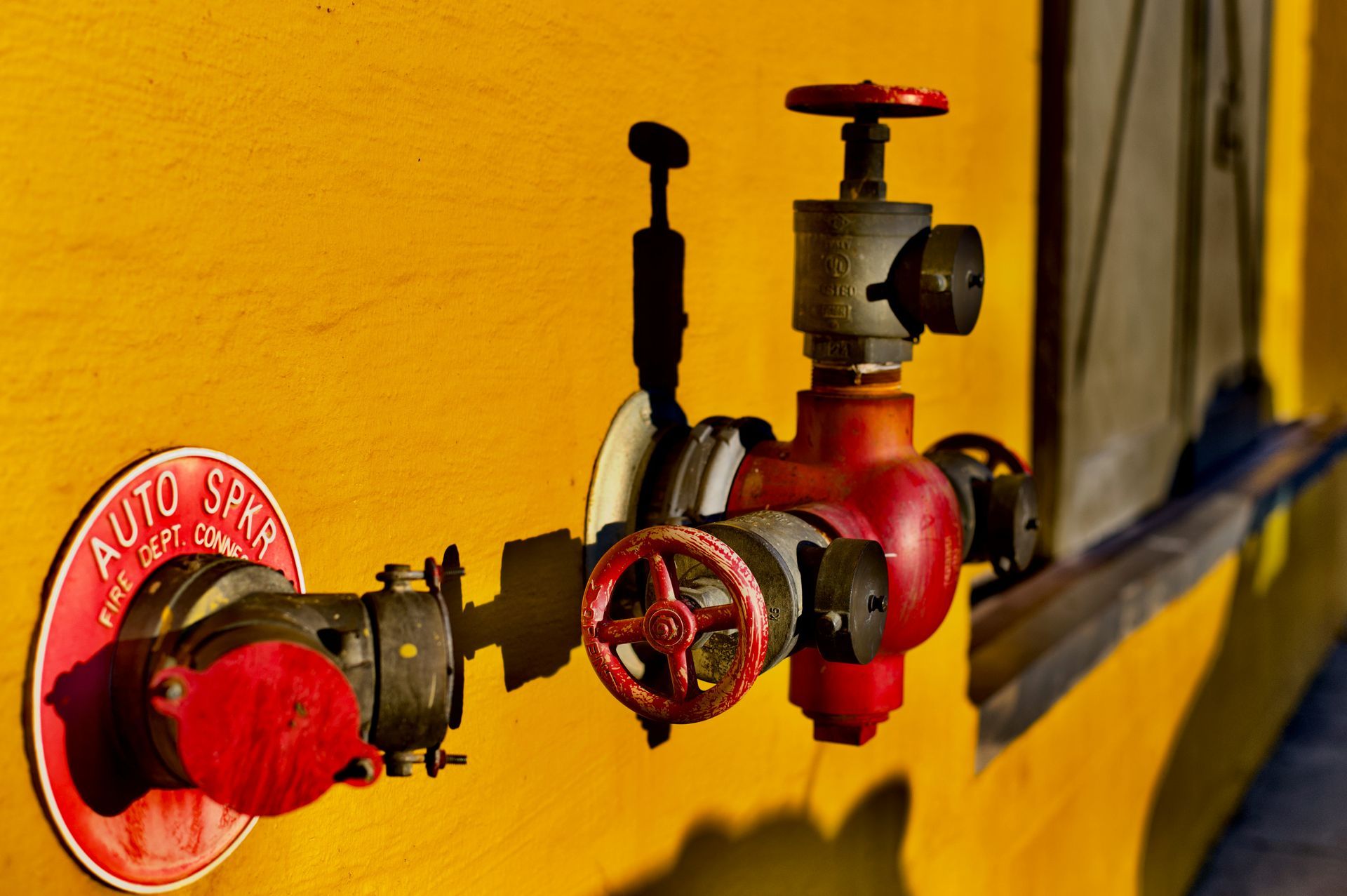
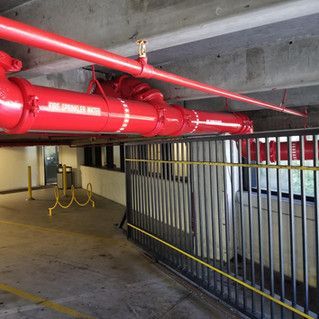
All Rights Reserved | ASAP Fire Sprinkler Protection LLC

